When discussing digital marketing, one of the biggest issues for local businesses is how most of the guides available, the case studies, and the success stories are about big companies targeting nation-wide or even multi-national audiences. So, it’s difficult to grasp the concept of local digital marketing.
With that concern, in this article we will cover digital marketing strategies specifically for local businesses. How we can plan a strategy, how we can choose the right channels, and how we can implement them.
Every marketing effort should be rooted in understanding our audience, and so, let us begin by discussing the local customers and their behaviors.
Understanding Local Customer Behavior
Marketing is essentially about putting your product or service in front of your customers. So, whether it will succeed or not, will ultimately depend on our understanding of the customer behaviors.
For example, if most of our ideal customers usually learn about new products from social media posts, advertising on popular blogs might not be so effective.
So, to maximize our local digital marketing strategy, we must first understand how local customers make their purchase decisions.
In general, there are three main ways how the most of us learn about local products or services:
- Through social media. This can include influencers promoting local businesses, posts from family and friends, trending posts, and so on.
- Through the search engine, especially Google search. This can include “near me” searches via text or voice search.
- Through promotions and advertising. This can include paid search ads, social media ads, and even email promotions among others.
So, when planning our local digital marketing strategy, we must consider these three aspects. The main goal is so that more online prospects can find out about your business and purchase from you.
Effective Local Digital Marketing Tactics
After we’ve discussed the three main ways prospects learn about local businesses, it’s time to learn about effective tactics we can use to attract local prospects, according to these behaviors.
Let’s now look into them:
1. Content Marketing
Whether a prospect stumbled upon your business from the search engine, social media, or advertisement, in the end they will encounter a content in one form or another.
So, producing the right content is extremely important for businesses targeting the local crowd. The main idea here is that people only purchase products/services from brands they can trust, and high-quality content is the most effective way to express your credibility.
In implementing local content marketing, there are three main goals:
- Informing your audience about your business
- Providing value for your audience so they trust your business
- Encouraging your audience to share the content (because it’s relevant and valuable)
Based on these three goals, here are the main principles to consider when developing (and promoting) your content:
- The easiest (and very effective) way to approach your content marketing is to look at what your competitors are doing with their content. Look at content pieces that are shared by a lot of people and are ranking well on the SERP, and aim to develop better ones.
- Especially if you are a B2C local business, aim to develop content that can engage your audience emotionally. Generally, people share a content due to emotional reasons, so leverage on this.
- The most important thing is to provide value through your content. Offer useful information, practical—actionable—tips, and unique ideas.
- In the end, content is about telling a story. If the story is engaging, interesting, and relatable, people are more likely to share your content. Use various storytelling techniques to improve your content.
- Local-focused content will require a relatively unique approach beyond targeting local keywords. Be creative. For example, you might want to publish content covering local events or local tourism spots, depending on your niche. The goal is to attract as many local prospects as possible.
Another thing to consider here is that no matter how good your content is, it won’t bring value unless someone is actually consuming the content. So, promoting your content is also very important, and we will cover this aspect on the other tactics below.
2. Local Search Engine Marketing
46% of all Google searches nowadays have local intent, and 88% of those searchers will visit the business within 24 hours.
In short, if you are not optimizing for the search engines, you are missing out on a huge market.
An important thing to consider here is that for local keywords, Google is not only displaying organic results but also results from Google Maps.
So, when discussing local search, there are three different aspects that are equally important:
- Google Maps result, which is placed above the organic search results. Optimizing for Google Maps is significantly different than “regular” SEO, so will require different approaches.
- Organic result. Although Google Maps results are placed above organic ones, we still need organic ranking to promote our content.
- Search ads. Placed above the Google Maps results, and can be very effective in generating short-term results. However, it can be very expensive.
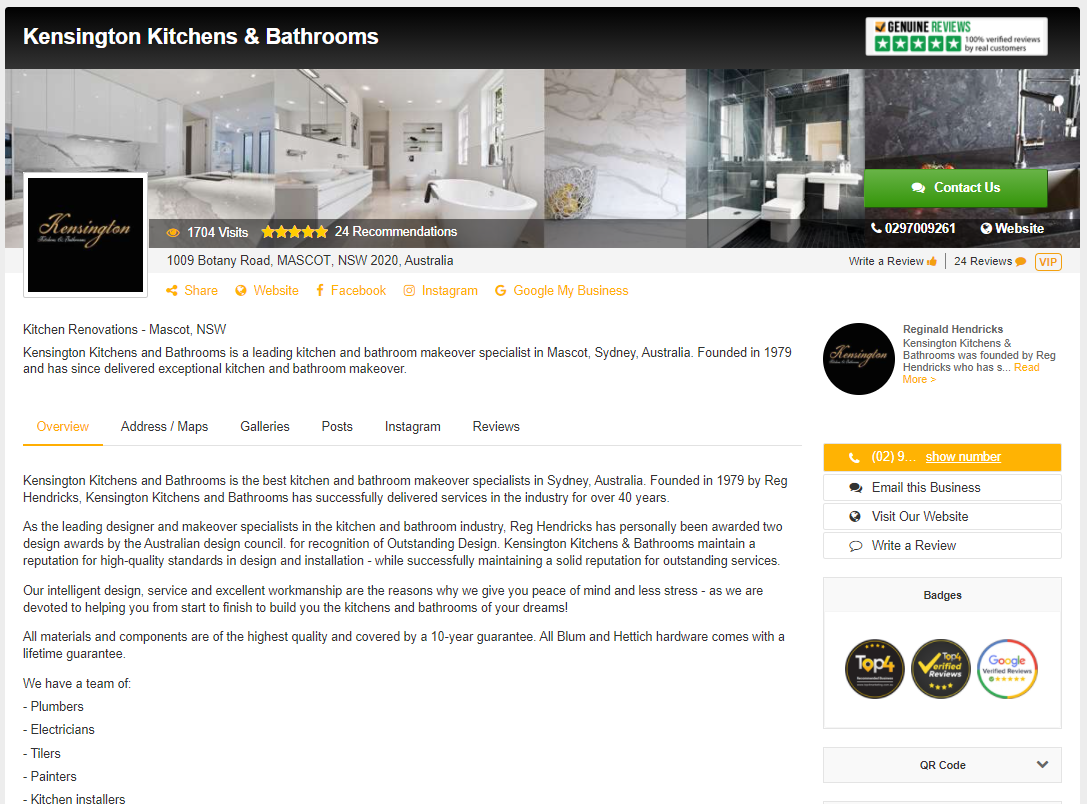
Top4 is a Local Digital Marketing platform where you or our team will manage your Top4 Business Profile alongside Google My Business, your website and social media platforms. We make sure that all the important information about your business are always updated and consistent across platforms. Other than that, our review management system will also keep fake reviews away from your business, so that potential customers can get to know your business better.
Let’s briefly discuss the important principles for each:
Optimizing Google My Business
When optimizing Google My Business, there are three main factors that will affect your ranking:
- Your Google My Business optimizations. The main thing to consider here is complete, up-to-date information. Don’t focus too much on keywords, but rather on accuracy and consistency of information.
- Quantity of positive reviews. Especially on your Google Maps listing, but also on third-party sites (Yelp!, Facebook Places, TripAdvisor, and Top4 Location-Based Marketing Platform).
- Quantity and consistency of local citation. Mainly achieved by listing your business on online directories according to your niche and location.
Optimizing Google My Business is essentially about having more reviews and more citations while maintaining consistency of your NAP (Name, Address, Phone Number) information across all your listings.
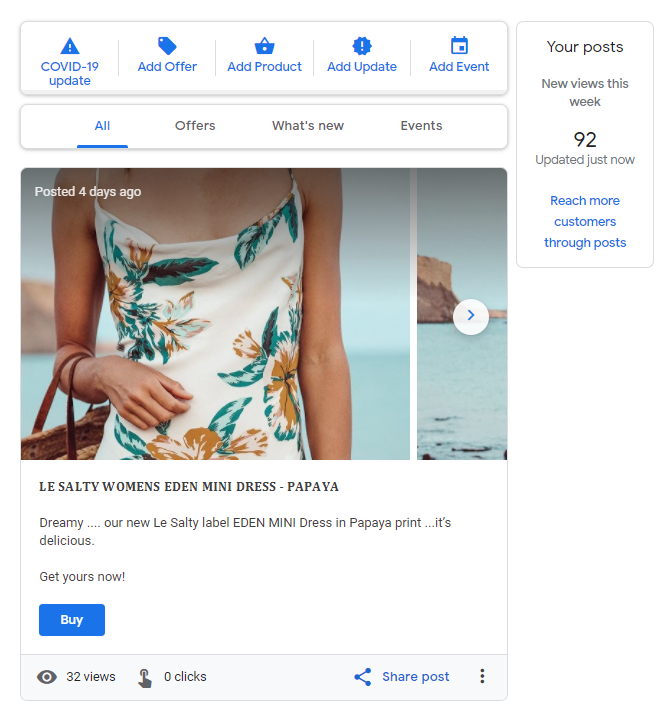
Optimizing For Organic Search
The main principles of organic SEO will apply here, and so here are the most important areas to focus on:
- Backlinks. Especially if you can get backlinks from local-authority sites. To get more backlinks, the most important thing is to actually have content that are worth linking.
- Technical optimizations. Ranging from keyword usage to mobile-friendliness to structured data. You might want to check out this technical SEO checklist.
- User experience. The longer people stay on your site, the more relevant Google will perceive your site. In short, maintain dwell time for as long as possible. Again, the best way to do this is to actually have valuable content pieces.
As you can see, the key to organic SEO is the quality of your content. There’s no shortcut around this, so refer back to the content marketing section above.
Paid Search Ads Best Practices
Implementing paid search is essentially about maintaining cost-efficiency—and thus, maximizing ROI—. The key here is targeting, which can be done through several approaches:
- Target keywords. Aim keywords that will attract your ideal audience yet with manageable competition. The more popular the keyword is, the more expensive it will be.
- Time. When the ads are displayed does matter.
- Platform. Google is not the only search engine out there. You can also place your ad on, for example, Bing where the cost might be lower.
Paid search marketing can be really expensive, so use it to support your organic efforts (SEO) instead of a primary tactic.
3. Social Media Marketing
Marketing on social media nowadays is a no-brainer. However, the question is, how can we effectively use social media to get more local prospects?
Nowadays, as social media platforms mature, we must first understand that there are two different ways of social media marketing: paid and organic.

The social media environment is increasingly pay-to-win due to the decline of organic reach and other factors. Yet, while it’s true that it’s getting significantly harder nowadays to get organic growth on social media, doesn’t mean we should completely neglect it.
When implementing social media marketing for the local audience, here are the key considerations:
- As with search marketing, the key is finding the balance between your paid and organic efforts. Paid efforts can generate short-term results, but can be very expensive. On the other hand, organic efforts are affordable but will take longer before you see the desired results.
- Organic social media marketing is essentially about content. So, the principles of content marketing (as discussed above) will apply here. The better you can provide value to your audience, the more people you will attract.
- Paid social media marketing is all about targeting. Most social media platforms (especially Facebook) provide versatile targeting where you can maximize cost-efficiency. Again, the key is understanding your audience.
- To achieve growth, the key here is to have more shares. Develop shareable content and aim to engage your audience emotionally.
- Fairly obvious, but we should focus on the social media platforms where our audience is the most likely to be.
The main focus here is to establish your position as the local authority. This is why leveraging social proof is important, as we will discuss in the next section.
4. Leveraging Social Proof
In this very saturated market, grabbing the attention of our prospective market is very difficult, even more convincing them to finally make the purchase.
Nowadays, people are more likely to purchase a product after a recommendation from their peers compared to any other promotional channels. In a 2015 study, nearly 70% of customers rely on online reviews before making a purchase decision. So, leveraging social proofs is one of the most effective tactics in maximizing conversions.
This is where online reputation management comes in, and obviously, the key here is to get more positive reviews on various platforms.
There are three main approaches to encouraging positive reviews:
- Asking at the right time. Ask your customers to leave a review when they show indications of a positive experience. For example, when they just made a repeat purchase.
- Offering incentives. A common and effective practice. For example, we can offer discounts for customers who left a positive review. The key here is finding the right amount of incentive that will attract your customers yet won’t hurt your profitability.
- Responding to existing reviews. People are more likely to leave reviews on businesses that often respond to existing reviews, including and especially the bad ones. Address bad reviews quickly and politely, and always attempt to provide solutions without offering false promises.
Here’s where Top4 can help. Our location-based marketing platform Top4 will add a brand new feature that helps your business receive the reviews you deserve. Here’s a sneak peek of our new feature:
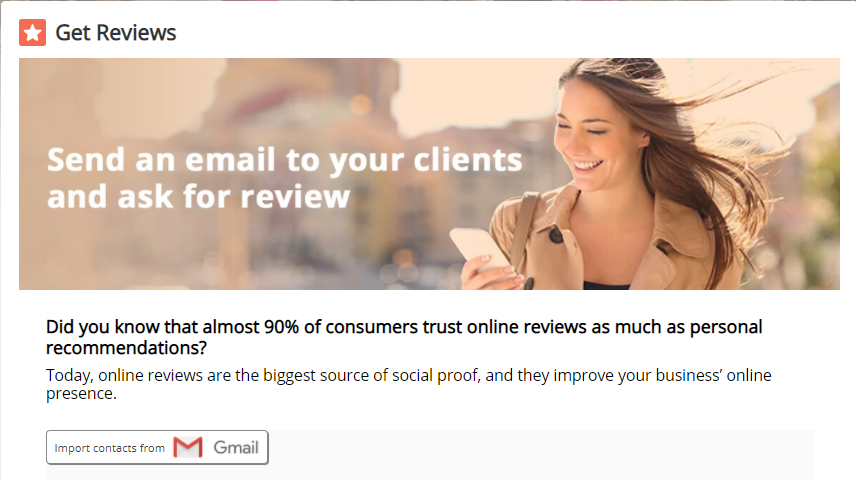
With one easy click, you can import your existing contacts from Gmail and send them emails to ask for your business’ reviews. If you don’t know what to write, we also added a customized message that will help you convey your message!

Not only that, once the reviews start coming in, we’ll help you manage them and keep those spammy fake reviews away from your business. This is because not all reviews we receive on Top4 are approved. Our review management team will make sure that the reviews are genuine before letting them show on your Top4 Business Profile. Therefore, you can rest assured that all the reviews you receive on your Top4 Business Profile are 100% genuine from your valued customers.
Another way to get social proof is by utilizing influencers. The most important thing here is to work with the right influencers that have the same audience as yours. In a local environment, this can include:
- Local celebrities
- Elected officials
- Local press
- Other businesses and local-focused sites (you can also do guest-posting here)
Influencer outreach might require some time to build trust and relationships before you can work with the right influencers, but can provide a major boost for your social proof.
5. Affiliate Marketing
Arguably the best and the most effective marketing is when your customers act as your advocates, where they recommend your brand to their peers, friends, and family. In this instance, you will automatically get trust and social proof from the recommendation.
Affiliate—or referral— marketing, essentially leverages the concept while bypassing the time investment required to turn a customer into an advocate. Here, we pay people outside our company to market our products/services (the affiliate marketers), in a sense, turning them into artificial advocates.
The idea behind affiliate marketing is fairly simple: the more affiliate marketers you have, the more social proof you have while you don’t have to do all the work.
Admittedly, it’s easier to implement an affiliate marketing program on one niche over the other. For example, it might be hard to implement affiliate marketing for, say, a home remodelling business. However, if you are creative, there’s always a way to create an attractive affiliate program.
The key to successful affiliate marketing is incentive. Give too much, and you risk getting low-quality marketers that are only looking for money—risking your referrals’ quality—. Give too little, and you might not attract any marketers. Again, you will have to find the proper balance.
6. Email Marketing
Even with all the newer platforms and technologies, email is still a very effective marketing channel with the highest ROI.
With email, we can push our content to our prospects, nurturing them until they are ready to purchase. On the other hand, email marketing can also encourage existing customers to make a repeat purchase.
Nowadays, even email marketing is getting saturated, so one of the most important factors here is personalization. The better you can deliver personalized messages to the right people, at the right time, the higher the chance of conversions.
However, obviously, it will be really hard to personalize all those messages manually, especially when we have a huge list of email addresses. This is why there are many email automation tools available to assist in this aspect.
In the near future, especially with the advancements of A.I., we can expect more breakthroughs to the automation of email marketing and predictive analytics to better understand our audience.
So, email marketing is here to stay and especially for local businesses, a very important channel.
When implementing email marketing for the local audience, here are the key principles to consider:
- Establish your position as the local authority through your content. For example, you can inform your audience about local upcoming events or local charities.
- Use your email marketing to promote your events both online (i.e., webinars) and offline. Use this as a chance to engage your local audience physically.
- Again, personalization is key, and it’s more than simply starting your email with their first name. Each of your audience has different needs and behaviours, and use the aforementioned tools to understand these behaviours better.
- Take advantage of the local reality. For example, you can promote a timed event where the first 10 people who reached your vicinity can get discounts. You can’t do this with a regional or national promotion, so use this to engage your customers.
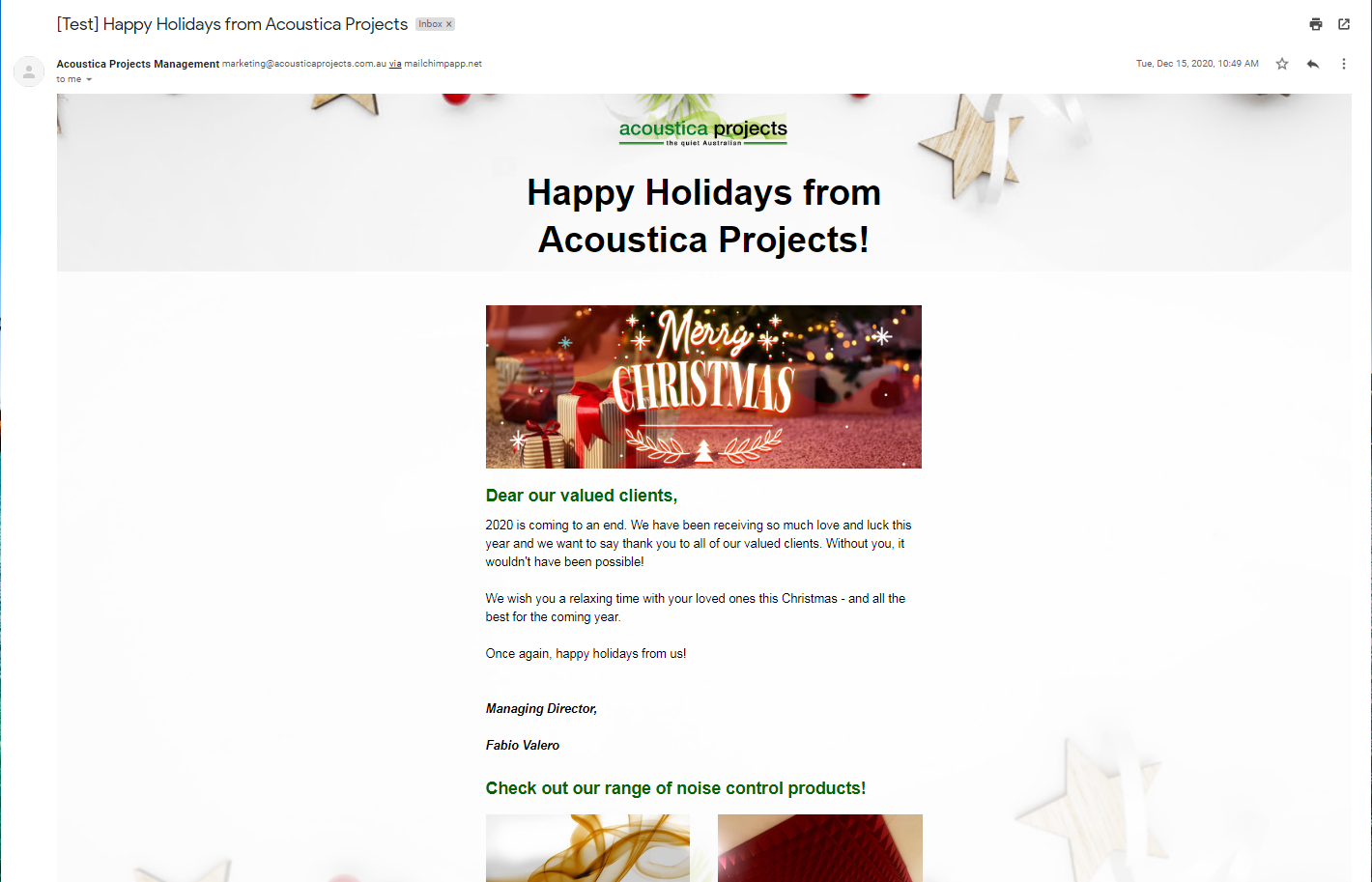
Summarize
As you can see, local digital marketing is not about one, single most effective tactic, but rather a lot of different channels and tactics working together to achieve your goal.
The main focuses here are to truly understand the needs of your local audience, and establish your position as the local authority of your niche.
To find out how we can help you with your Website + Marketing, using our unique location marketing platform called Top4, get in touch today www.top4marketing.com.au
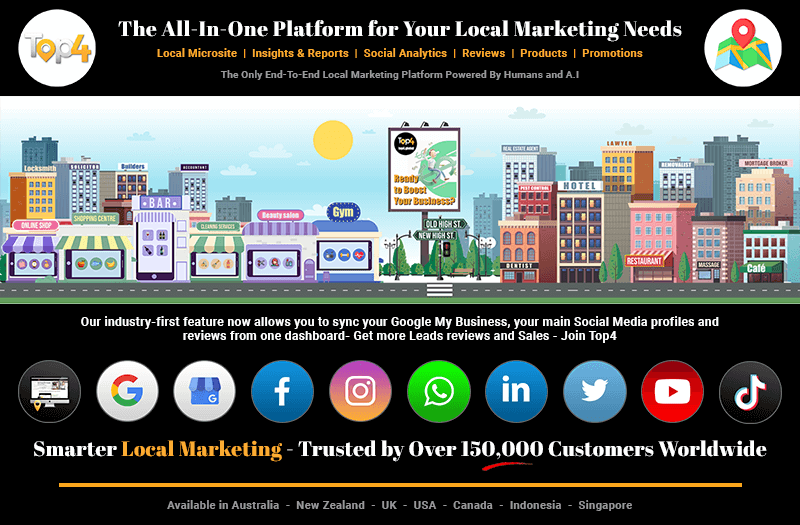
Looking to build customer loyalty through social media? Don’t forget to add your business to Top4.com.au
List your business, create your own digital store to sell goods and services, and share posts on social media. Promote your business on Google instantly! Should you need help with local digital marketing then view our new Google Marketing Platform and services Top4 Marketing
Get Found On Google Promote Your Website, Reach local customers today!
Our Digital Marketing Agency Services Across All Industries Include Search Engine Optimisation (SEO), Google Marketing, Website Design, Corporate Web Development, and local location-based marketing using our own Google Marketing Platform!
Engage A Social Media Agency For Only 1/3 The Cost Of Employing A Social Media Manager…LET’S TALK!
Source: ninepeaksmedia




